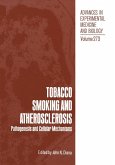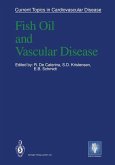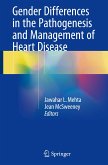The papers in the present volume were presented on November lst-3rd, 1973, in Rome on the occasion of an International Post graduate Course sponsored by the Italian Society for the Study of Atherosclerosis, the Istituto Superiore di Sanita, and the Fondazione Giovanni Lorenzini. The purpose of this course was to gather information and to draw attention to the role of diet in the pathogenesis of experi mental and human arteriosclerosis, as well as its prevention and therapy. Konrad Bloch, in the opening lecture, emphasized the features unique to fatty acid synthesis in animal tissues and discussed the importance of comparative biochemical research in the study of control mechanisms of lipid biosynthesis. The lectures in the morning were followed in the afternoon by short practical demonstrations (R. Angelico, O. Lostia, A. Menotti, D.H. Blankenhorn, A. Ferro Luzzi). Particular attention was paid to the problem of dietary edu cation in Italy, during a round-table discussion on November 2nd (G. Bergami, G. Ricci, G. Crepaldi, F. Fidanza, S.F. Feruglio, M. Proia, A. Mariani, L. Ribolzi). The educational purpose of the course is obvious in Italy, a country where the people had been accustomed for centuries to the intake of a virtually nonatherogenic diet, until, quite recently, the migration from agricultural to industrialized areas assumed sociologically significant levels. It was then found that the lipoproteinemic patterns of the migrated population had shifted toward higher levels.
Hinweis: Dieser Artikel kann nur an eine deutsche Lieferadresse ausgeliefert werden.
Hinweis: Dieser Artikel kann nur an eine deutsche Lieferadresse ausgeliefert werden.








